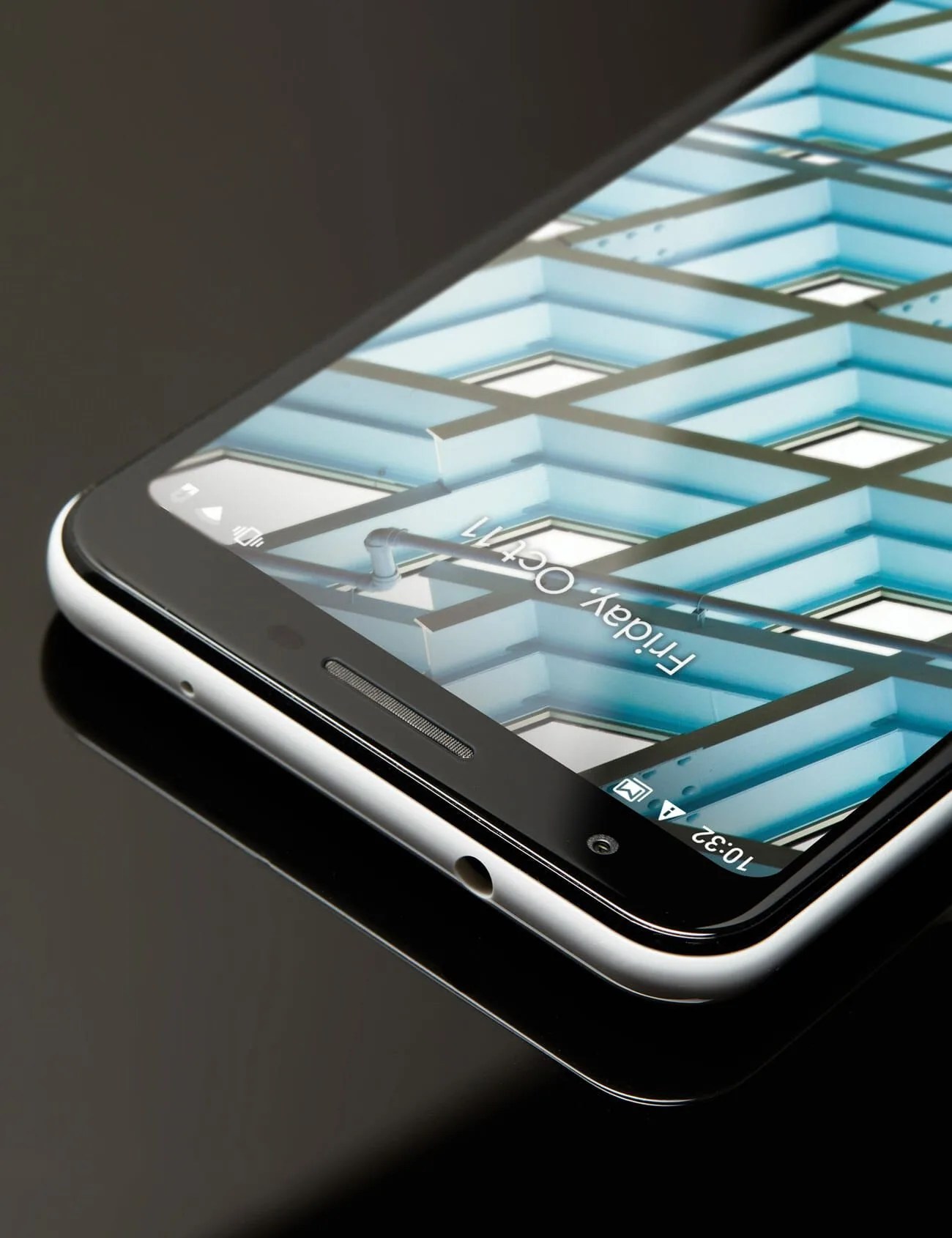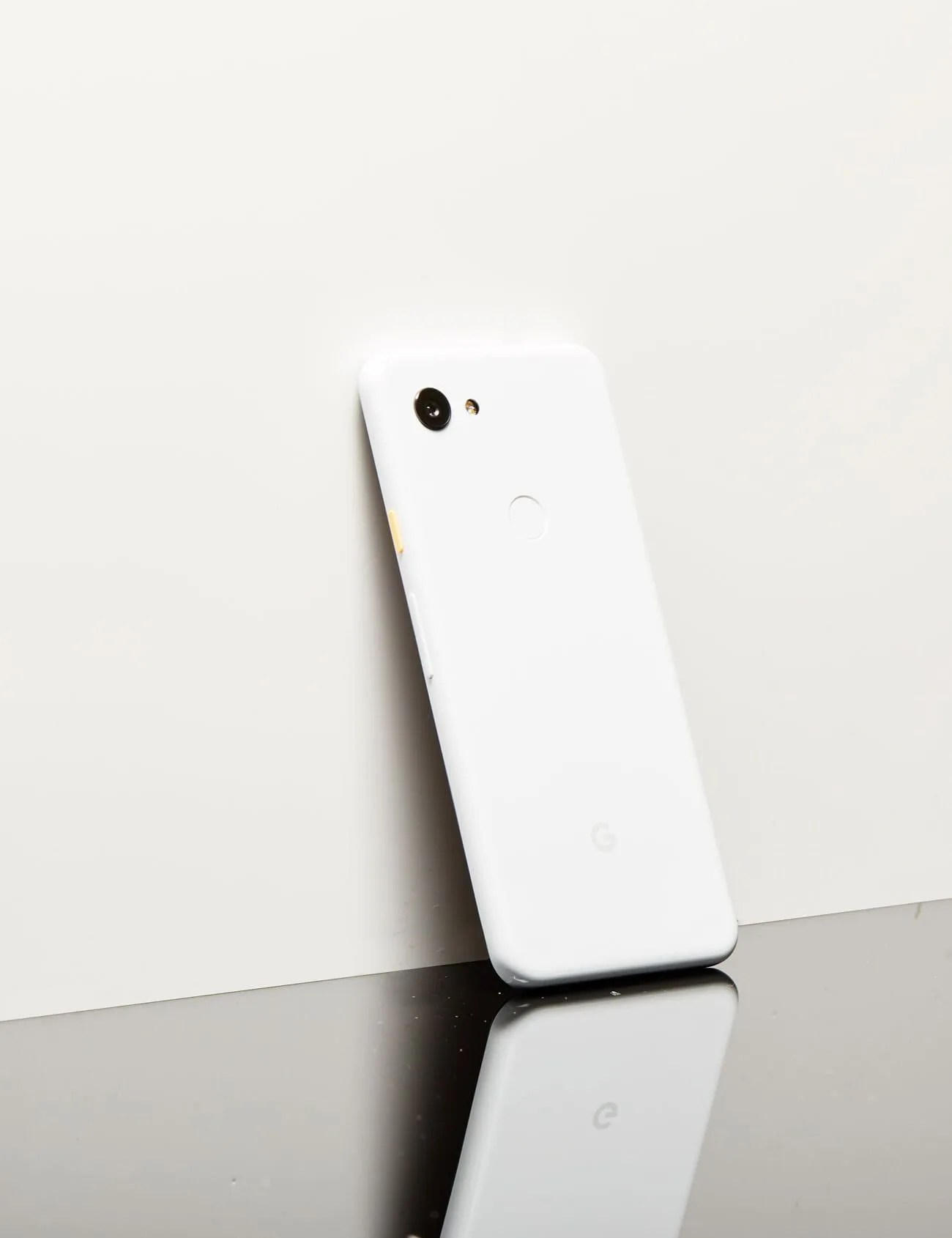This story is part of the GP100, our annual roundup of the best products of the year. To see the full list of winners, grab the latest issue of Gear Patrol Magazine.
Each year, the telephones relentlessly improve. Their microchip brains increase in computing horsepower. Their physical forms get slimmer, more refined and more jewel-like. Their screens stretch outward towards their bodies’ very edges. But as the leading flagships converge towards a single expensive full-screen black-slab ideal, they avoid addressing a crucial question: What is improvement?
Google’s Pixel 3a, a pointed departure from its competition’s assumptions, is not just a great little phone — it represents a different idea of what a great little phone is.
Announced by Google earlier this year with little run-up or fanfare, Google’s plastic Pixel 3a has an offbeat combination of features compared to its contemporaries. In many ways, it’s gleefully adequate. Its polycarbonate body is not fancy, but it is functional. Its mid-range processor is fine with being just fast enough. Its screen is as good as you’ll reasonably need for browsing the web and drinking from social media’s firehose. It skimps on features like wireless charging and waterproofing, as you might expect from a $400 phone. But unexpectedly, its camera is top tier — a superb feature it shares with its high-end sibling, the Pixel 3, which cost twice as much at launch.
It’s this unusual inclusion of a premium feature in a seemingly budget phone that makes the Pixel 3a feel impossible — or worse, almost like a con. But in fact, it’s a more fundamental innovation than any face-scanning technology or gyroscopic stylus: it’s a reordering and redefining of what features matter in a phone.

Here in 2019, years into the reign of the “miniature 2001 monolith” school of phone design, it’s easy to forget that the collection of features a phone requires was not always agreed upon. (During and shortly after the dominion of the BlackBerry, for example, a physical keyboard was arguably a must.) What the Pixel 3a’s marriage of plastic and photography prowess argues is that a great camera — not just any smudgy shooter — is as integral to a phone as a 4G radio and onboard storage and more integral than premium materials and luxury fit-and-finish. It’s an argument that, if it proves persuasive to buyers, could shift the direction phones go from here.

